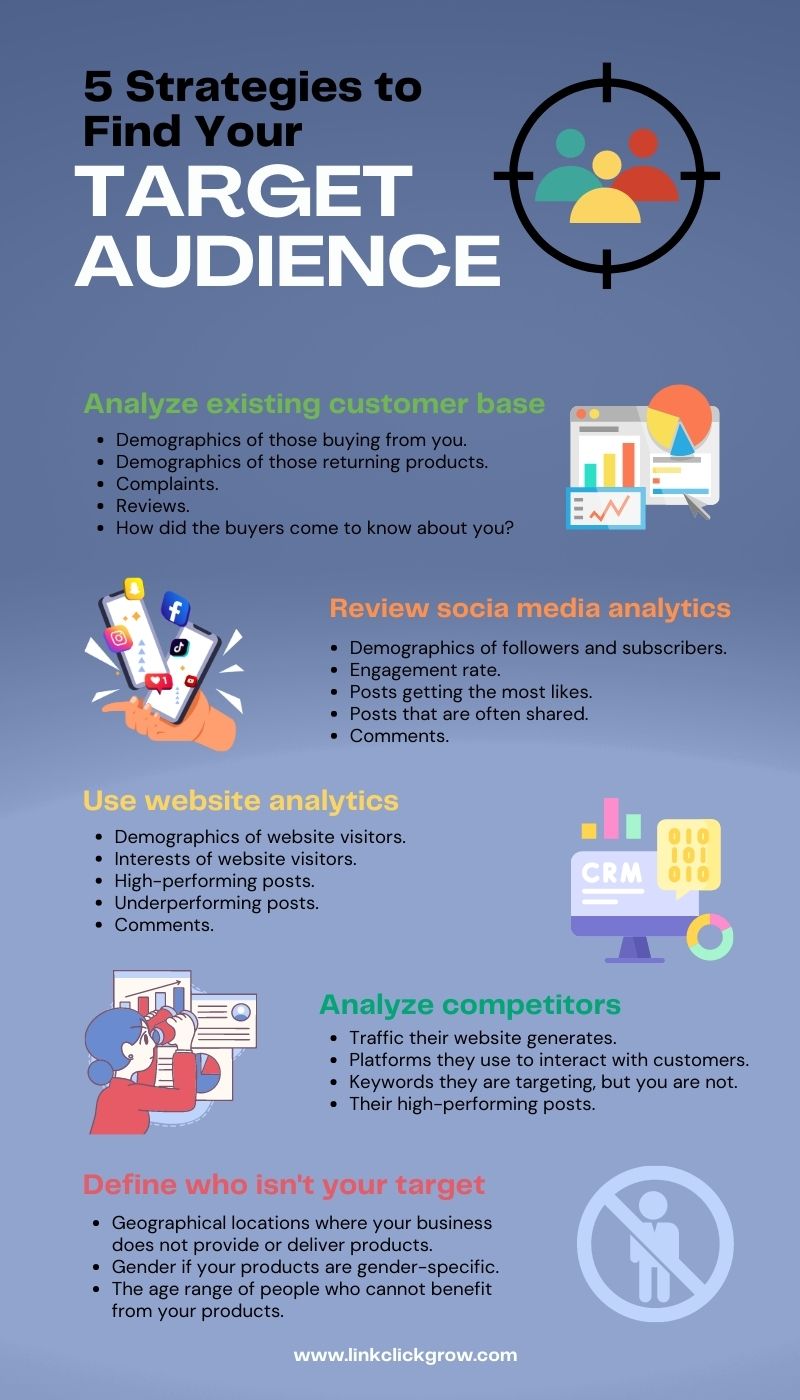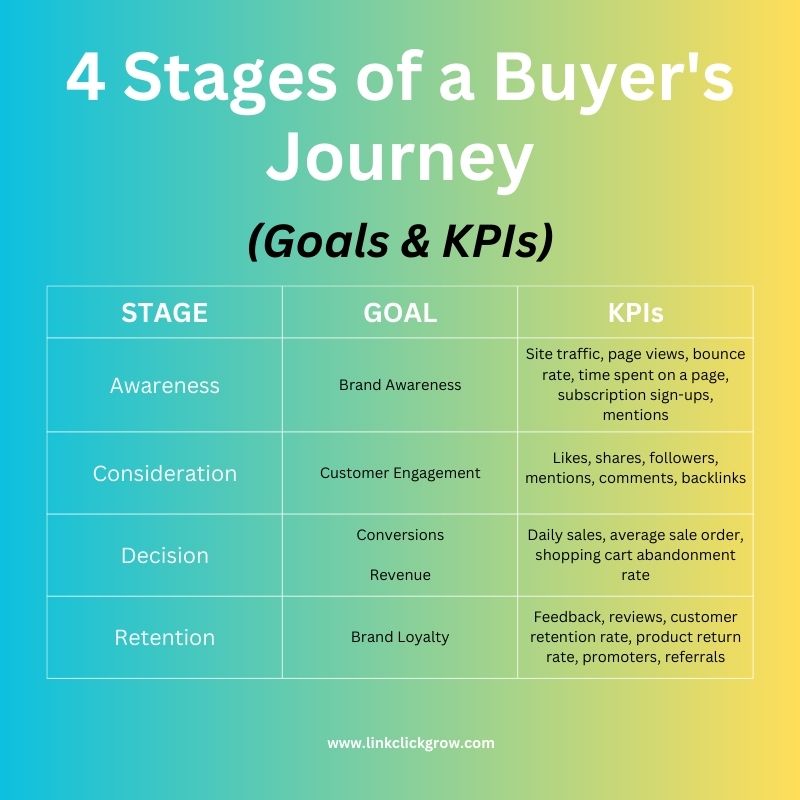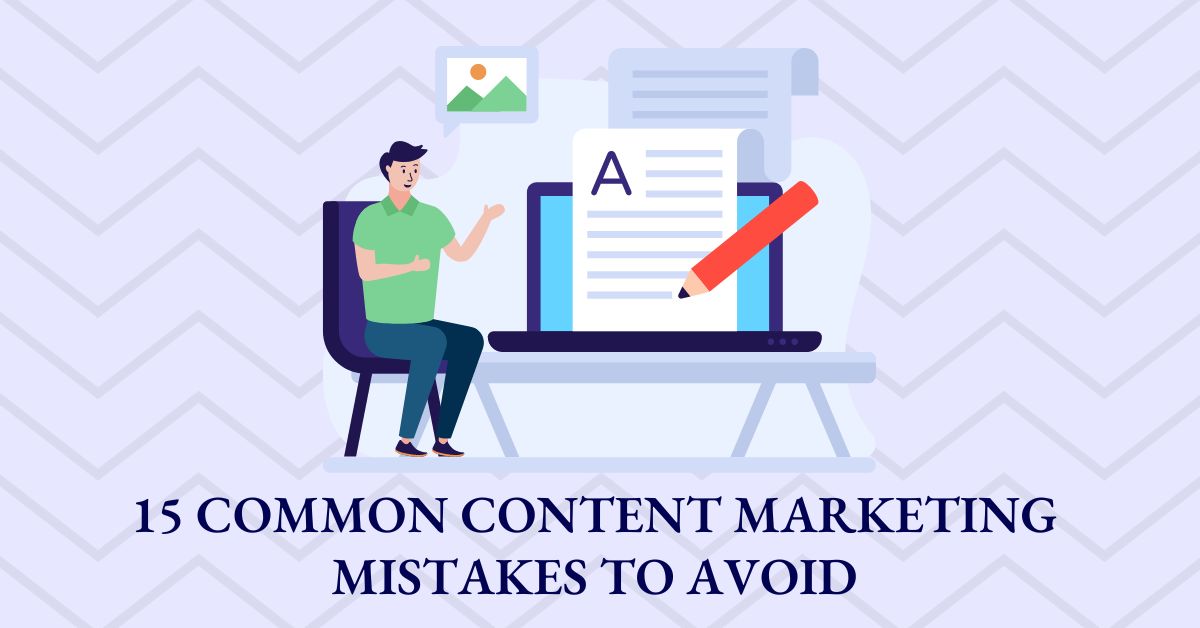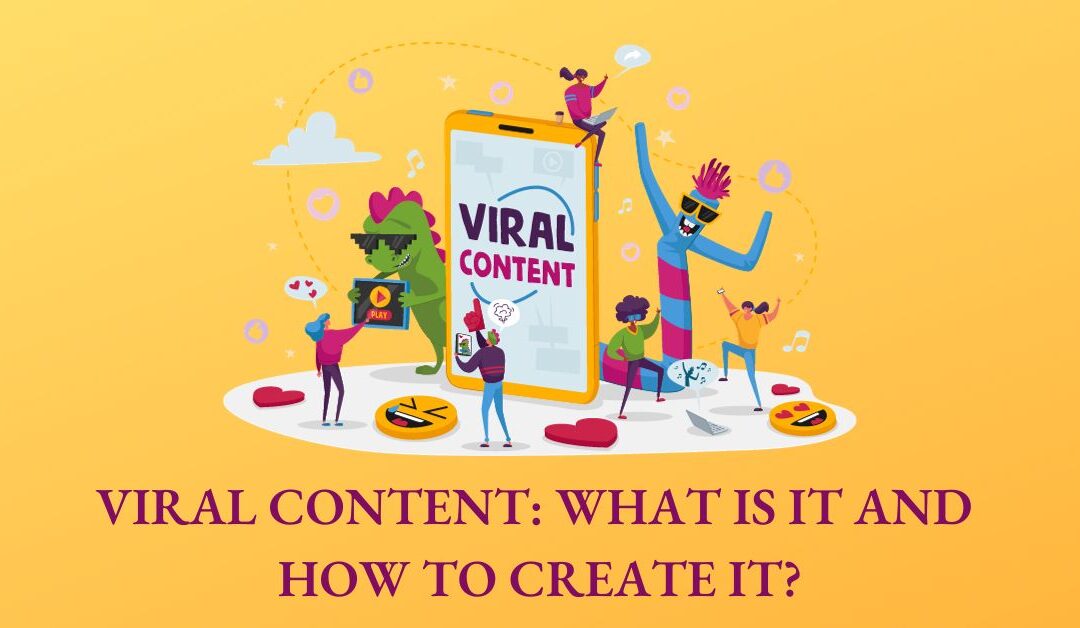Content marketing is crucial for all businesses, regardless of size or nature. It plays a significant role in reaching and turning your target market into loyal customers. If done right, content marketing can yield a high ROI. But it can be equally damaging if you do it the wrong way. This document will discuss the 15 most common content marketing mistakes that can damage your marketing performance.
1. Not Publishing Regular Content
Not creating regular content is undoubtedly the most significant content marketing mistake. Your audiences look forward to hearing from you often. Not hearing from you for a long time can make your audience forget about you quickly. Moreover, Google also prefers websites with fresh and updated content.
Be consistent in creating content not only on your website but also on other platforms that you use to communicate with your audience. Regular content creation:
- Ensures content has up-to-date information, statistics, and data.
- Keeps your audience engaged.
- Helps build a relationship with your audience.
- Positively affects your search engine ranking.
- Increases traffic to your blog or website.
Remember, there are certain aspects of becoming a good content creator. Regardless of the type of content, you can be a successful creator only if you produce quality content.
2. Not Understanding Your Audience
Not understanding your target market or audience is another content marketing mistake that almost every newbie makes. Creating content, thinking anyone can benefit from it, will hurt your marketing efforts. For example, you cannot make money with affiliate marketing if you are unaware of your target audience. You can only generate sales if you know what your audience is looking for.
You need to understand who your target audience is, including their:
- Demographics.
- Likes and dislikes.
- Interests.
- Challenges.
- Needs and Demand.
Creating content requires time and resources. Your time and resources are wasted if the content fails to generate traffic. Therefore, it is critical to understand your audience. Once you know your target audience’s needs and demands, you can create content accordingly. As a result, more audiences will convert into loyal customers or followers.
There are five major strategies you can use to find and understand your target audience:
- Analyze your existing customer base.
- Understand your website analytics.
- Review your social media analytics.
- Analyze your competitors.
- Define who isn’t your target.

3. Not Using Different Content Formats
Creating content in only one specific format to reach your audience may keep you from targeting those who rely on other forms. Therefore, regardless of the products and services you offer, create content in various formats, such as:
Blog posts
WordPress, Squarespace, Wix, and Weebly are popular blogging platforms you may use to start your blog.
Infographics
For creating professional and appealing infographics, you can use Canva and Visme.
Videos
Movavi, an all-in-one video maker, is ideal for recording screens and editing videos. However, you can use Doodly, Moovly, Vyond, Powtoon, Adobe Animate, and Animaker for animated videos.
Podcasts
The best platforms for hosting podcasts are PodBean, Buzzsprout, and Blubrry.
Webinars
For organizing and managing webinars, you can use Livestorm and Demio.
Various content formats ensure you are targeting the maximum number of people. Although it may sound like a lot of work, you can save time and resources by repurposing already published content. For example, repurpose a blog post to create a video or a podcast. Similarly, you can repurpose a podcast to write a blog post.
4. Prioritizing Quantity over Quality
A good content marketing strategy prioritizes quality over quantity. Poor quality content cannot attract the audience and leaves a poor impression, hurting your marketing efforts. Additionally, you will fail to build quality backlinks despite the right link-building strategies. Most importantly, Google penalizes sites for poor-quality content by lowering their ranking.
High-quality content:
- Is authoritative and engaging.
- Is visually appealing.
- Provides value to its readers.
- Is well-formatted and readable.
High-quality content ensures your marketing objectives are achieved. It can convert readers into customers and followers. It also drives social media engagement and helps you build customer relationships.
5. Not Proofreading Content
How do you feel when encountering a piece of content with grammatical and spelling mistakes? It leaves a terrible impression. The consequences of having poor content can be far more damaging than your imagination. The visitors may completely abandon your site. It is, therefore, critical to proofread your content before publishing it.
You can hire a professional to proofread your content. But it may involve a hefty investment. Alternatively, you can use popular grammar-checking tools like Grammarly, ProWritingAid, and WhiteSmoke to find and correct grammatical mistakes.
6. Ignoring The Customer’s Journey
Ignoring different stages of the buyer’s journey is another common content marketing mistake that negatively affects your performance. The customer journey has four stages, i.e., awareness, consideration, decision, and retention.
Awareness
In this stage, the customers are unaware of your existence but have a problem you can address.
Consideration
In this stage, the customers are aware of your brand, but they are still deciding whether you have the best solution, service, or product. Therefore, they are comparing your offerings with your competitors.
Decision
Customers in the decision stage are ready to become customers but explore content like pricing, shipping information, refunds, warranties, etc.
Retention
Retention is the final and most critical stage of a customer journey where existing customers are interested in post-purchase content.
Therefore, create content for each buyer’s journey stage to ensure you cater to all customers. However, remember the content will only be helpful if it serves the goals of that stage. Set goals for each stage and identify KPIs to measure your performance.

7. Pitching Product at Every stage
It can frustrate your audience if you pitch your products or services at every stage of the customer’s journey. As a result, your content may appear promotional rather than informational. It may also appear that you do not care for your audience’s needs.
Create informational and engaging content that addresses the target audience’s needs for a better ROI. As a result, you will earn your audience’s trust, and they will eventually convert into customers.
8. Absence on Social Media Platforms
Another damaging content marketing mistake is not leveraging social media platforms for real-time engagement with your customers and followers. Social media platforms let you connect and communicate with your customers in real time. They help you build a community of customers who can access you anytime.
Social media platforms offer many benefits, a few of which are:
- Drive traffic to your website.
- Allow followers to recommend your brand to their friends and family.
- Help you understand your target market needs and interests.
- Help you gather data about your customers.
- Make customer service responsive.
Similarly, being present on social media but not posting regular content can hurt your marketing efforts. You may lose followers along with their interest and trust.
9. Ignoring Email Marketing
Ignoring email marketing is a common content marketing mistake that can significantly affect the success of your marketing campaigns. Despite the emergence of various platforms for marketing, email remains one of the top-performing marketing channels that can help you build an audience base. Email marketing is an efficient way to grow the list of your subscribers, allowing you to have uninterrupted communication with your audience.
Litmus’ 2020 state of email survey reveals that the ROI for email marketing is $36 for every $1. However, your emails may end up unopened if you do not have the right email marketing strategy. To improve your email open rate:
- Write catchy and personalized subject lines. A personalized subject line includes the name of the receiver, as shown below:

- Segment your subscribers’ list and send only relevant emails to each segment. Segmentation not only increases email open rates but decreases unsubscribe rates as well. In addition, you can segment your subscribers based on their purchase behavior, location, or other distinguishing factors.
- Keep your subscribers’ list updated by removing inactive subscribers who have been inactive for over six months. However, before removing inactive subscribers, attempt to contact them one last time.
- Send emails at random times of the day.
- Optimize emails for mobile users.
- Follow practices that keep your emails from ending up in the spam folder, such as adding a location and sending emails from an authentic domain.
Increasing the email open rate alone does not guarantee the success of a marketing campaign. Therefore, it is critical to ensure the readers take the desired action by including multiple call-to-action and social media links in your emails.
Getresponse, ConvertKit, Brevo(formerly Sendinblue), ActiveCampaign, and Constant Contact are a few popular email marketing tools you can use for effective email marketing.
10. Creating The Same Content for All Platforms
As you all know, utilizing different platforms for content marketing is the key to success. But creating the same content for various platforms will not yield any results. Each forum has its specific audience based on its style and format. For example, a Twitter user is interested in short information, while a Facebook or LinkedIn user looks for detailed information.
Similarly, the tone of content also varies across platforms. For example, LinkedIn users are industry professionals requiring your tone to be strictly qualified, while podcast users prefer a more casual tone. Therefore, creating content according to the platform’s style, format, and tone is critical to serving your audience best.
11. Ignoring SEO Best Practices
Organic traffic from search engines makes up most of your overall traffic. However, you can generate organic traffic only if you rank higher in search results. And to rank higher, you need to optimize your content for search engines. Therefore, ignoring SEO best practices is a content marketing mistake that can adversely impact your SEO rankings.
Search engine optimization is critical for content marketing. But many marketers ignore SEO best practices and jeopardize their marketing efforts. Following are a few SEO best practices that are often overlooked:
- Targeting long-tail keywords instead of highly competitive keywords. LongTailPro is an effective tool for finding long-tail keywords.
- Using engaging titles and Meta descriptions.
- Optimizing images for improved page load speed. Smush is a famous WordPress plugin for compressing images without losing their quality.
- Using internal links for easy navigation and maximum coverage. LinkWhisper, RankMath, and Internal Link Juicer are popular plugins for efficient, intelligent, and effortless internal link building.
- Using headings and subheadings.
12. Overlooking Call to Action
Overlooking call-to-action is a content marketing mistake that can waste all your efforts. You create content to achieve a goal. If you cannot reach your goal, your efforts are wasted.
Therefore, it is essential to include a clear call to action that tells your readers what to do next. For example, it could be a pop-up to subscribe to a newsletter, a link to your product page, or a ‘Buy Now’ button.
13. Lack of Communication
Content marketing can be successful only if you seek feedback from your audience. After all, you are creating content for your audience, who are the best judge. Your audience decides if their needs or challenges are addressed or not.
If you do not allow the audience to leave comments or do not reply to their queries, they may feel you are not bothered about their concerns. Therefore, responding to all questions and comments is critical to making your audience feel valued.
14. Not Optimizing for Mobile Devices
How often do you use your laptop to search for something online? How often do you open your email from your desktop computer? Most people use their mobile devices to perform tasks online, including shopping, surfing, and checking emails. Therefore, not optimizing content for mobile devices is another common content mistake you must correct immediately.
- Adjusts to different screen sizes.
- Comprises short titles and paragraphs.
- Includes only necessary information.
- Uses small words instead of long and complex phrases.
- Contains images to summarize data/information.
Reviewing your content on a mobile device before publishing it online is an excellent practice to check if it is easy to read and consume.
15. Not Measuring Content Marketing Performance
The last and most significant content marketing mistake is not measuring your performance. You need to measure the outcome of your content marketing strategy to know what is effective and what is causing problems. Following are a few metrics that can help you improve your strategy:
- Website traffic from different sources, such as search engines, email, and social media platforms, to assess which source is driving more traffic.
- Page views and bounce rate to learn which content is performing and which is not.
- ROI for different marketing channels, such as emails and social media, to learn what channel works best for you.
As a rule of thumb, review your content marketing strategy every four months and change it accordingly for the best results.
Conclusion
Almost every marketer makes content marketing mistakes. However, those who learn from their mistakes achieve their goals. Therefore, avoid the above-discussed content marketing mistakes to help you get the desired marketing results.






0 Comments